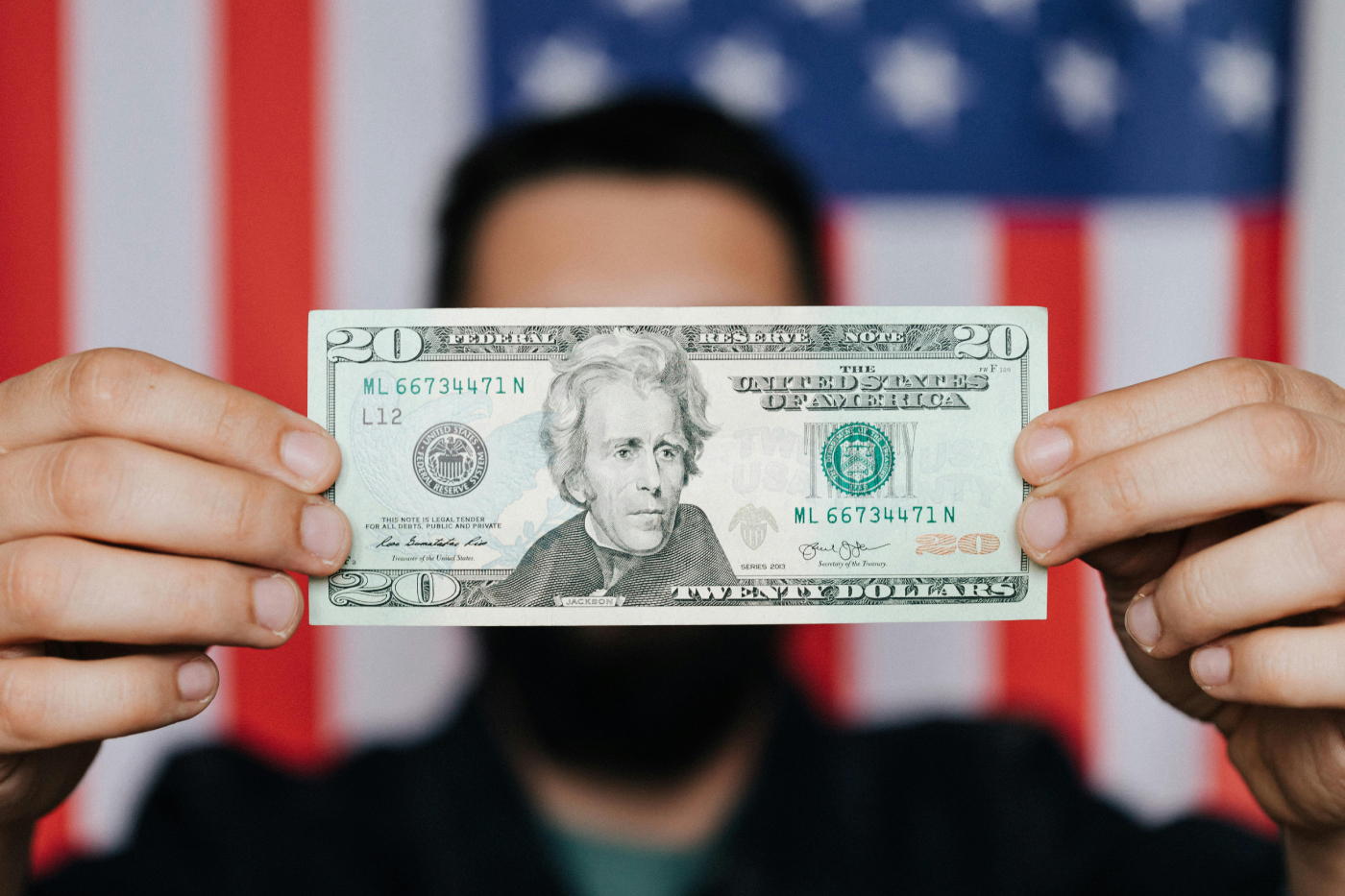Treatment for substance abuse will differ from person to person. One determining factor that will help decide what treatment is best for you is the type of substance you are abusing. If you suffer from substance abuse for Xanax or any other benzodiazepine, you will want to find a treatment center that has a program specifically for benzodiazepine. Every substance affects the body a little differently, which is why it is important to find a treatment that is tailored to your specific needs. Medical professionals are advised to be careful when prescribing Xanax and other benzodiazepines because of their addictive properties.
About Xanax and Benzodiazepine Addiction
Xanax is a benzodiazepine that is usually prescribed to people for generalized anxiety, panic disorder, or insomnia. Xanax works by decreasing abnormal excitement in the brain. It calms people’s anxiety by raising the level of the inhibitory neurotransmitter GABA in a person’s brain. Most people who abuse benzodiazepine were initially given a prescription to help with psychiatric illnesses. Valium and Klonopin are two other popularly prescribed benzodiazepines that tend to be less addictive because they release the medication more slowly.
Xanax is one of the most addictive benzodiazepines because it leaves the body at a faster rate and worsens withdrawal symptoms. Due to Xanax’s high potency, it leaves users with more severe withdrawal symptoms after even a short period of use. Benzodiazepine treatment for anxiety or other psychiatric treatment should last about four months or less. Taking Xanax for as little as six months can cause physical problems such as seizures if the drug is stopped suddenly.
Withdraw from the substance can occur within a few hours of use and may take several weeks to recover. Abuse of benzodiazepine is determined by the length of time the drug is used, the brand of the drug that is being used, the amount used, reasons for use, and symptoms that occur when the dosage is not taken. Withdrawal symptoms may occur even if the patient is taking the appropriately prescribed medication.
Combining Benzoiapenzine With Other Substances
Benzodiazepine misuse is often accompanied by the misuse of other drugs because benzodiazepine tends to boost the effectiveness of the other drugs that the person might be taking. As such, opioids and narcotic pain relievers are commonly taken concurrently with benzodiazepines. Using both Benzodiazepine and pain killers can cause more severe withdrawal symptoms. Narcotics and benzodiazepines are most commonly abused by young adults with 66.9% of abuses being between the ages of 19 and 34. Opioid abuse is also especially harmful in concurrence with benzodiazepines. About 30% of overdoses involving opioids also involve benzodiazepine. Prescribing benzodiazepine alongside opioids or pain killers is highly discouraged.
The abuse of both opioids and benzodiazepines is especially harmful because they both sedate users and suppress breathing. People addicted to benzodiazepine are also likely to abuse alcohol, which has similar withdrawal signs and symptoms. Abusing multiple substances concurrently may complicate treatment so it is important to seek treatment in a facility that specializes in all the substances that you may be addicted to. The use and abuse of multiple substances can lead to severe health problems and can even lead to death if not undertaken with the proper medical supervision.
Xanax and Benzodiazepine Detox and Treatment
Since benzodiazepine withdrawal can cause high-risk symptoms such as delirium, seizures, and death, it’s important for people going through benzodiazepine withdrawal to receive proper treatment and detoxification. Before going through treatment you must receive a full psychological evaluation. Since people who abuse benzodiazepine are often originally prescribed the drug for psychological reasons, the detoxification process might cause some of the person’s previous psychological symptoms to come back. A psychological evaluation is also important because any other psychological disorders that a person may have should be treated alongside the substance use disorder because one will affect the other.
Xanax detoxification may include benzodiazepines that are long-lasting in the body. However, this can be dangerous because it may cause excessive sedation or intoxication. Lorazepam is a medication that is commonly used for detoxification from benzodiazepines because it can be quickly metabolized. Xanax treatment usually begins with inpatient treatment, meaning that the person lives at the treatment facility. It’s especially important that a person is monitored during the early detox when the person is switched to longer-acting medications. Outpatient treatment usually follows inpatient treatment programs, which will help you use the skills and coping mechanisms that you learned during your inpatient treatment and prepare you to use them in the real world.
Xanax is a dangerous and highly addictive drug that may cause severe negative side effects such as seizures, delirium, and even death. While Xanax may be prescribed to treat psychological disorders, it can often cause withdrawal symptoms even when taken as prescribed. If you or a loved one is suffering from dependence or addiction to Xanax or any other kind of benzodiazepine, seek out inpatient treatment that provides an appropriate Xanax detoxification program.
Shoreline Addiction Recovery Center provides detox and treatment that is dedicated to mitigating the painful withdrawal symptoms of Xanax. Xanax withdrawal symptoms may be worse than other benzodiazepine drugs because it stays in the body for a longer period of time. The professionals at Shoreline Recovery Center also specialize in treating dual diagnoses, such as anxiety and Xanax addictions. The faster you seek out help, the easier detoxification will be. If you are interested in learning more about Shoreline Recovery Center and our programs, please contact us at (866) 278-8495.




